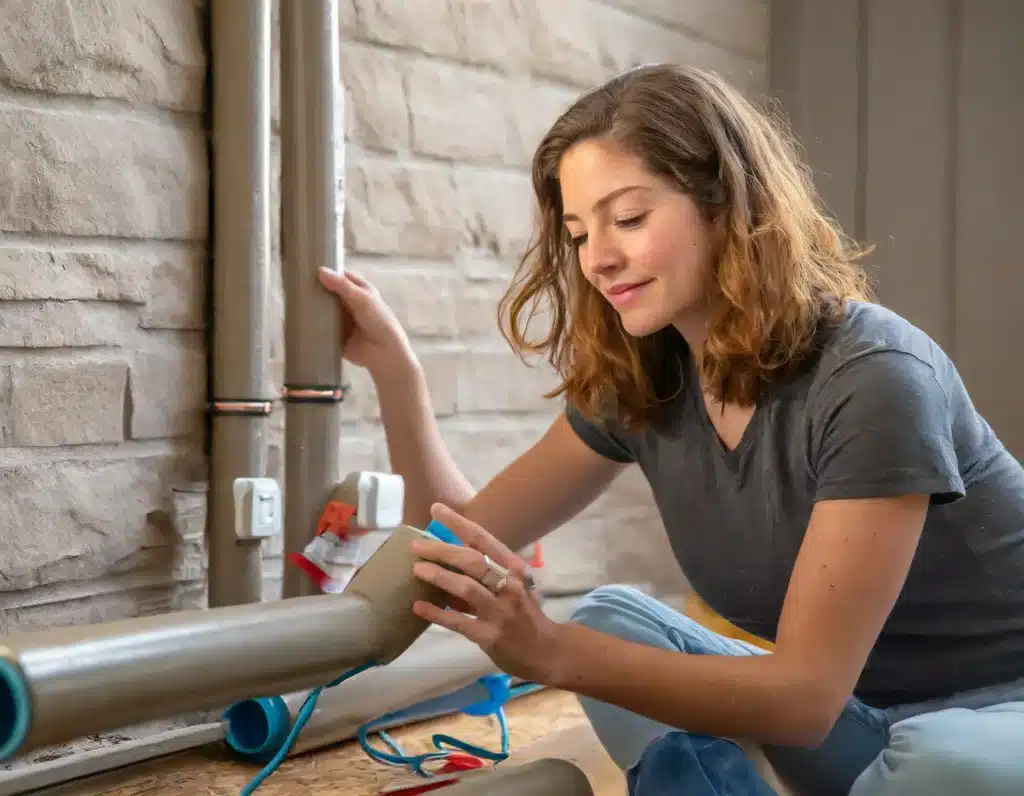The Basics of Plumbing and Sanitary Installation
The earliest plumbing and sanitary associations were formed after the Civil War. In response to the deteriorating condition of sewers and drinking water supplies, the members of these associations wrote down the basic concepts for sanitary plumbing. This concept later formed the foundation of early plumbing codes. In the late 1800s, the association formed a national plumbing organization to share ideas, standards, and techniques. Since then, it has evolved into a professional organization known as the Plumbing-Heating-Cooling Contractors-National Association.
A sanitary pipework is made of several components. It is important to ensure that the pipework is installed professionally, and the ‘fall’ in the system is properly graded to drain water away. To avoid clogs and blockages, the sanitary unit outlet should be installed near the main pipe. In addition, plumbing professionals should be aware of the position of the waste and soil pipe outlets. This information will help them locate the necessary positions. In addition, sanitary fittings must be installed close to the main pipe.
The main components of a sanitary sewer system are similar to those of a water heater. They are both underground. The pipes from your toilets, sinks, bathtubs, and showers are piped to a sewer service line. This line connects to a sewer main located under the street. Each drain is equipped with a “trap” to prevent sewer gases from entering your house. Finally, each drain has a roof vent pipe to exhaust the gases through a chimney-like stack and allow fresh air to enter your drains.
The sanitary facilities in a structure for human habitation must have the necessary features to support the occupants. Each water closet and cleaning fixture must be equipped with the necessary volume and pressures for proper performance and sanitation. Water pressures must be adjusted to ensure adequate performance of plumbing fixtures and to prevent backflow of sewage. The drainage system must be properly designed and constructed to prevent fouling, clogging, and deposits of solids.
The drainage system is the most complex part of a plumbing installation. It consists of two parts: a pipe that conveys waste and solids out of the building’s structure, and a venting system that allows air to circulate within the drainage system. The drainage system also allows air to circulate in and out of the building. To illustrate the importance of the drainage system, an empty milk container can be used. Invert the milk container to drain the water, then refill the container. Next, make holes in the bottom of the container and water will flow out.
In addition to installing the plumbing and sanitary systems, the contractor should submit a construction program to the Engineer-in-Charge. He must abide by the agreed dates and time schedule. Upon completion of the construction, the contractor must install complete working plumbing services that comply with IS codes of practice and approved drawings. The contractor must also install sanitary fixtures and appurtenances. All this must be done in the presence of the Engineer-In-Charge and the relevant authorities.




